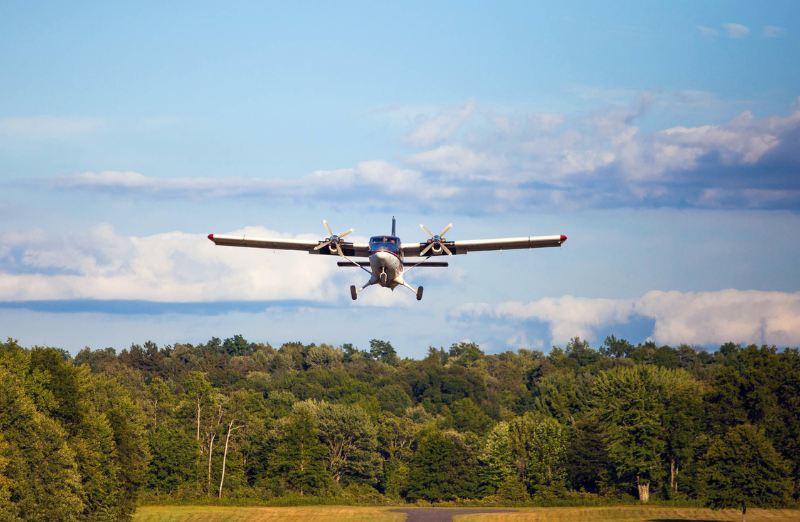As Feed Ontario works on developing strategies to reducing barriers and increasing nutritious food support in Northern Ontario, we’ve learned some really interesting things about distributing food throughout Northern Ontario.
In the memorable 1987 film Planes, Trains and Automobiles, Steve Martin unloads his rage and frustration on a rosy-cheeked car rental employee. The movie is a classic and reminiscent of the logistics of food distribution in Northern Ontario. Nothing is easy, nothing is cheap, and there is much potential to be met with comedies of error along the way.
Northern Ontario occupies 87% of Ontario’s total geographic area, yet only 5% of the population. This undoubtedly brings unique and complicated challenges to ensuring that food is distributed across Northern Ontario affordably and with freshness intact. Getting food to the people that live in the North takes teamwork, partnership, advocacy, sheer grit, and determination.
Trans-Canada: Challenging roads ahead
The Trans-Canada Highway is a lengthy lifeline that connects Northern Ontario to the economic nucleus of the south. Yet the Highway Traffic Act in Ontario sets out limitations. For example, a commercial driver carrying over 4,500 kilograms may not drive more than 13 hours a day. A trip from the Toronto food market to Kenora along Highway 17 takes 20 hours of driving time. That means in perfect conditions, this journey will take a minimum of two days. Coupled with that, in all northwestern Ontario there are only 15 year-round rest areas that offer restrooms, none of which offer food.
Northern Ontario winter weather is not for the faint of heart and this two-day journey is often a best-case scenario. Accumulated snow blowing onto barren stretches of highway can cause both white out and knuckle driving conditions. Slow moving plows cause traffic back-logs and dangerous conditions. Traffic accidents can shut down the highway in both directions for hours at a time, further reducing the already limited life span of fresh foods, making it more difficult for Northern Ontario consumers to access these items.
Air cargo: Turbulence expected
29 of Northern Ontario’s remote communities don’t have year-round road access. This means air cargo is the only way to get food and supplies into these areas. Trucks distributing food reach the end of their journey at small airports rather than grocery stores.
For some communities, airports are their only transportation connection to the outside world. Many of these airport destinations have short and unpaved runways, inadequate lighting, and lack weather monitoring systems. These infrastructure challenges mean that the cargo planes able to land in these airports are limited in size and capacity. In addition, snow and fog delays leave cargo planes to wait out storms before landing. These delays often negatively affect the price and quality of produce.
Ice roads: Here today, gone tomorrow
Although the winter can seem endless in the North, ice roads bring a small window of opportunity. For instance, ice roads can give some remote communities access to supplies more quickly and affordably than in the summer. By allowing travel across frozen lakes and streams, they provide a route for transports to bring large shipments of goods to communities. With climate change affecting our Canadian winters however, the 30 inches of ice needed for a loaded transport to safely travel these roads can be elusive. Completely dependent on the weather, the ice road window is unpredictable and changes drastically from one year to the next. This vital transportation route can be here one day and melted away like an ice cream cone the next.
Sea barges: Limited time only
A few communities found along Hudson Bay and James Bay have another choice for food distribution. Shipping by sea barge can bring larger amounts of cargo into communities. Unfortunately, annual trips are extremely limited. Understandable given the tough northern environment and arctic waters in which they must travel. They only make about 3 trips a year to these communities and are better suited to carrying non-perishable items.
As Feed Ontario continues our work to reduce barriers and distribute food throughout Northern Ontario, the province has also outlined 60 actions to improve transportation in the North. To quote Steve Martin as he delivers a compliment to John Candy in Planes, Trains, and Automobiles, “Let me close this conversation by saying that you are one unique individual.”
Northern Ontario is the same: unique in needs, wild in nature, and cautiously optimistic about a better-connected future.
